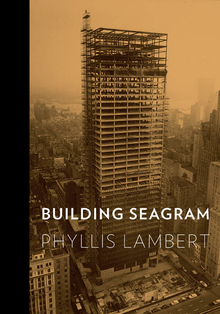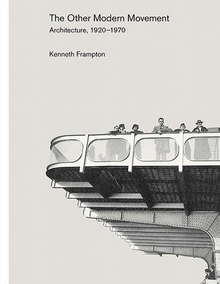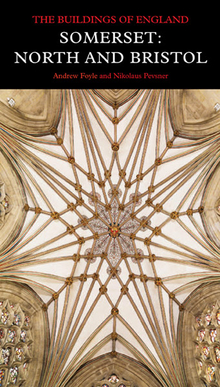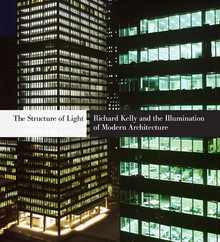Building Seagram
WARNING
You are viewing an older version of the Yalebooks website. Please visit out new website with more updated information and a better user experience: https://www.yalebooks.com
Phyllis Lambert; With a foreword by Barry Bergdoll
The Seagram building rises over New York’s Park Avenue, seeming to float above the street with perfect lines of bronze and glass. Considered one of the greatest icons of twentieth-century architecture, the building was commissioned by Samuel Bronfman, founder of the Canadian distillery dynasty Seagram. Bronfman’s daughter Phyllis Lambert was twenty-seven years old when she took over the search for an architect and chose Mies van der Rohe (1886–1969), a pioneering modern master of what he termed “skin and bones” architecture. Mies, who designed the elegant, deceptively simple thirty-eight-story tower along with Philip Johnson (1906–2005), emphasized the beauty of structure and fine materials, and set the building back from the avenue, creating an urban oasis with the building’s plaza. Through her choice, Lambert established her role as a leading architectural patron and singlehandedly changed the face of American urban architecture.
Phyllis Lambert is founding director of the Canadian Centre for Architecture in Montreal. A licensed architect, she has contributed essays to numerous books and is the subject of the 2007 documentary film Citizen Lambert: Joan of Architecture. Barry Bergdoll is professor of architectural history in the department of art history and archaeology at Columbia University and the Philip Johnson Chief Curator of Architecture and Design at the Museum of Modern Art, New York.
Publication Date: April 16, 2013
52 color + 141 b/w illus.









